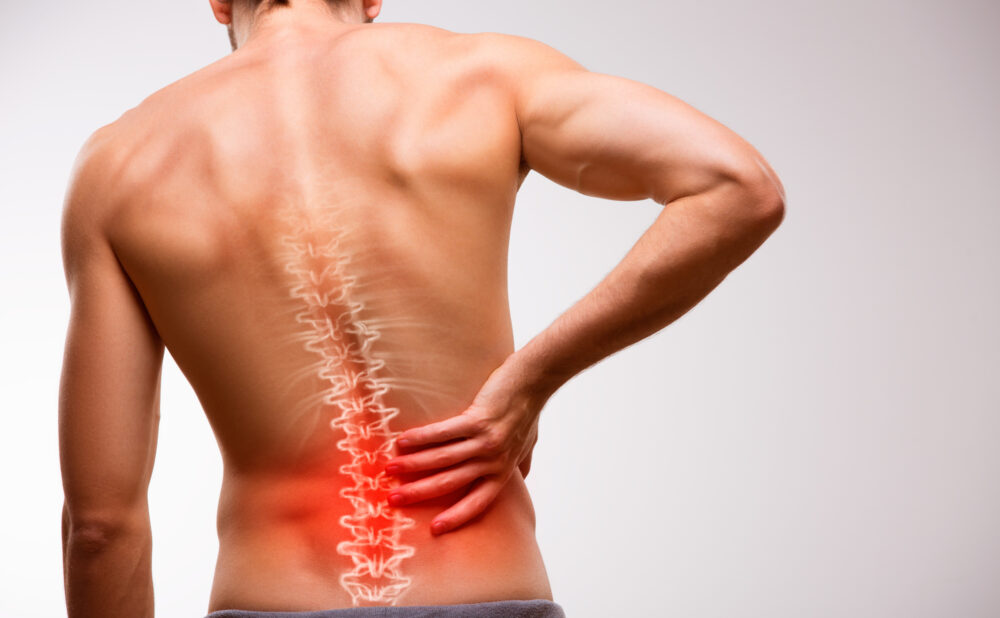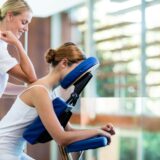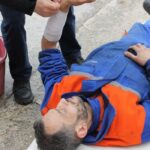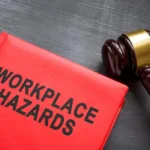11 Most Common Back Injuries Caused by Car Accidents
Car accidents cause 36.5% of the 12,500 spinal cord injuries treated yearly in the United States. A back injury is not always apparent immediately following a car accident. It may take a few hours to several days before you experience pain.
A back injury from a car accident can have a lasting impact on your physical and emotional well-being. It can cause depression, mood swings, low self-esteem, and affect relationships.
When you suffer injuries in a car accident, seek immediate medical treatment at the hospital and a clinic familiar with car accident injuries. Keep copies of all medical records and bills for filing an accident injury claim.
Keep reading to learn about common back injuries and their symptoms.
1. Compression Fracture
With more than 63,000 traffic accidents in Miami County during 2019, there is a risk every time you get on the road. When a collision occurs, your body is thrown back and forth in several directions, causing pressure to the spine.
This injury causes pain that worsens when you walk if you bend or twist your body and a loss of height. Severe fractures can result in bowel and bladder changes, leg weakness, and paralysis.
With a compression fracture, the injury is only to the front of the spine. The damage is more severe when the crushing happens in all directions, causing a burst fracture.
2. Burst Fracture
A burst fracture happens due to the spine moving rapidly during impact in a car accident. A large amount of vertical force on the spine compresses and crushes the vertebrae in all directions.
This often injures the spinal cord, causing bruising and a lack of spine stability. The result is partial neurologic injury or paralysis. The level of damage depends on the degree of impact. Higher-impact accidents force more bone fragments into the spinal canal, lowering spinal cord function.
Symptoms include leg paralysis and loss of bladder and bowel control. Less severe injuries may result in partial paralysis or loss of reflex. A mild injury may have no neurologic injury or be only transient.
A burst fracture causes severe pain; some compare it to an electric shock in the legs. The majority of people cannot walk immediately after the accident.
Paramedics must keep you lying flat to prevent further injury. You will need to receive immediate care from an orthopedic or neurosurgeon.
3. Facet Joint
Facet joints are between the spine bones. The nerve roots run through the facet joints and into various body parts. You can bend and twist your body into different positions thanks to facet joints.
When the joints suffer damage, movement causes pain. You may feel your muscles tightening, have spasms, and have tenderness or radiating pain in the back.
4. Whiplash
On impact, your neck whips back and forth, causing whiplash. This neck injury affects the neck’s cervical spine, ligaments, tendons, and muscles.
Symptoms include neck stiffness that worsens with movement, headaches, and limited neck range of motion. You may experience numbness and tingling in the arms and pain and tenderness in the upper back and shoulders.
Treatment includes hot and cold therapy, pain medication, and physical therapy. Some patients seek chiropractic treatment, which realigns the spine into the proper position.
5. Herniated Disc
Severe impact during a car accident can result in the bones of the spinal column (vertebrae) moving out of place and rupturing. This is what your medical professional refers to as a herniated disc.
Herniated disc injuries are often in the lower part of the back, but they can occur at any point along the spine, including the neck. Symptoms include numbness, tingling, or pain in your arms and legs, and muscle weakness that affects your ability to walk or use your arms normally.
If you display any of these symptoms, seek medical treatment immediately. Treatment often includes chiropractic care, physical therapy, and steroid injections to reduce pain.
6. Discogenic Pain
Damage to your spinal discs can cause this sharp, shooting, lower back pain due to mechanical or chemical damage to intervertebral discs in the spine. The condition can cause sciatica, which is pain moving to your feet, groin, buttocks, or legs.
With this type of pain, you may feel uncomfortable in a variety of sitting positions or when lying down. Standing or sitting for a period of time increases the pain.
Once the discs begin to deteriorate, there is no reversing the process. Treatment includes strengthening exercises, anti-inflammatory medications, physical therapy, hot and cold therapy, massage, intra-discal injections, and steroid/anesthetic injections.
7. Strains and Sprains
With a back strain, the tendons and muscles supporting the spine are twisted, pulled, or torn. Sprains result from stretching ligaments in the back. If severe, a sprain may cause ligament tearing.
Symptoms include problems trying to stand straight or bend forward, muscle spasms, and muscle cramps. Later complications from this injury include chronic loss of muscle strength and flexibility, so seeking medical treatment is imperative.
This type of injury does not always present itself in medical imaging. Make sure you discuss your symptoms with your medical professional.
8. Degenerative Disorders
A degenerative disc disorder may not be apparent for months or years after a car accident. It may also speed up a health issue you were unaware of before the accident. Over time, you may develop the following:
- Bone spurs
- Bulging discs
- Degenerative disc disease
- Degenerative scoliosis
- Foraminal stenosis
- Herniated discs
- Pinched nerves
- Sciatica
- Spondylolisthesis
Car accidents do not cause degenerative disc disorders. A car accident may exacerbate a pre-existing injury, allowing you to receive compensation. If you learn about this injury after the statute of limitations expires, speak with a legal consultant about your options.
9. Spinal Cord
Injuries to the spinal cord are the most dangerous of all back injuries. There is damage to the nerves at the end of the spinal canal or part of the spinal cord.
Symptoms are severe, including either partial or complete lack of feeling, inability to control body movement below the injury area, loss of bladder control, and difficulty breathing.
You must seek immediate medical treatment, be immobilized, and receive care to reduce inflammation. You may need surgery and will likely spend several months to a year in rehabilitation.
If you have a spine or back injury due to a car accident, seek legal advice. Car accident attorneys have experience negotiating with insurance companies. They make sure you receive compensation comparable to your injuries.
10. Spondylolisthesis
During the impact of a collision, spine movement may cause a vertebra to move out of place, resting on the vertebra below. When you attempt to move, the vertebra moves, causing compression against the spinal canal or nerves.
Symptoms include weakness, difficulty walking, and pain. The severity of your symptoms depends on the level of displacement. Remedies vary, including non-surgical treatment or surgery to resolve.
11. Lumbar Spine
This low back injury occurs above the sacrum, the lowest part of the spine. The vertebrae are the largest and strongest part of the spine; vertebrae numbers L1 through L5.
Symptoms of this spine injury include lower back pain, bruising, swelling, and limited range of movement.
Help for Back Injury From a Car Accident
When your back hurts, you have difficulty going through normal daily activities. With any back injury from a car accident, seek legal assistance immediately.
Contact 388CEDA using our online form or call 800-388-CEDA to schedule a free consultation. We will evaluate your case, advising you on the best course of action. There is no fee until we win your case.





